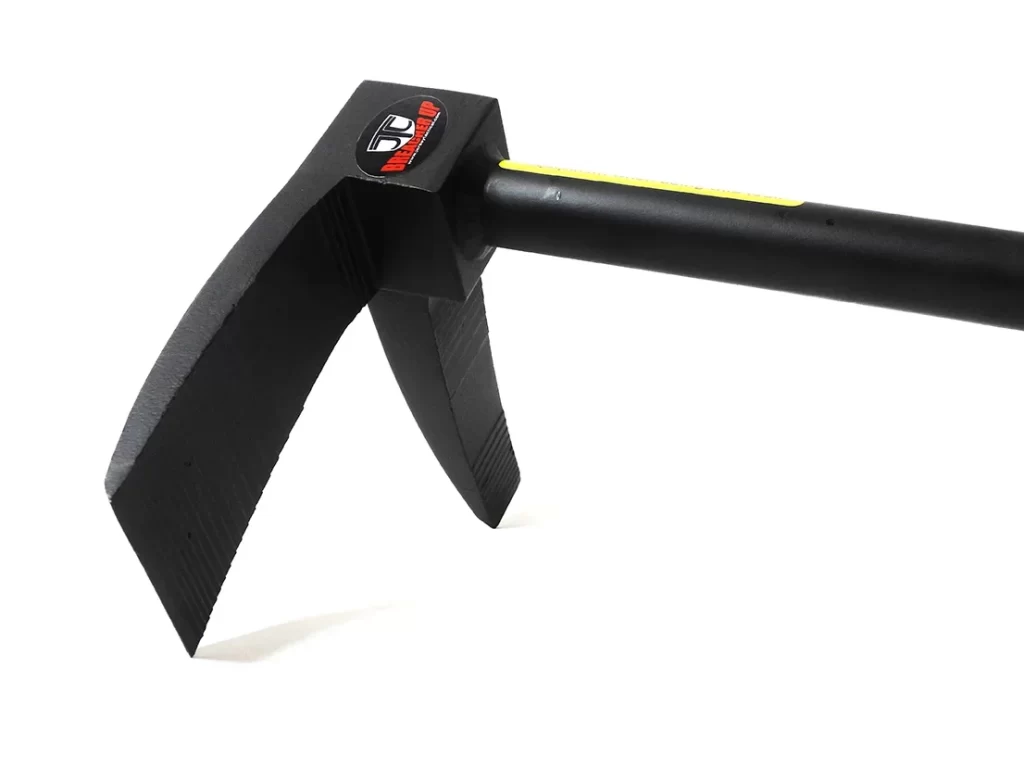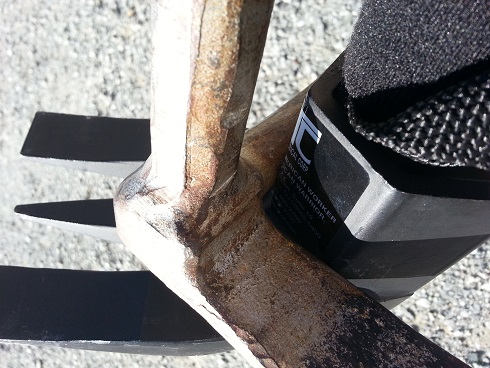Introduction
The Halligan tool is a versatile and essential piece of equipment in fire and rescue operations. It is especially useful for forcible entry, where its design allows responders to effectively breach various types of doors. While inward-opening doors are common, outward-opening doors present unique challenges that require specific techniques. This article will provide a detailed guide on using a Halligan tool to open an outward-opening door.
Components of a Halligan Tool
Understanding the components of a Halligan tool is crucial for its effective use:
- Adze: A blade-like end used for prying and cutting.
- Pick: A pointed end used for puncturing and creating leverage points.
- Fork: A forked end used for leveraging, prying, and pulling.
Each component is designed to perform specific tasks during forcible entry operations.
Assessing the Door
Identify Key Features
- Material: Determine if the door is made of wood, metal, or another material. Metal doors, for example, may require more force.
- Locks and Hinges: Locate the locks and note if there are multiple locking mechanisms. Identify the hinges, as attacking them might be a necessary step.
- Swing Direction: Confirm that the door swings outward. This can often be observed by the placement of the hinges on the outside of the door.
Safety Measures
- Protective Gear: Ensure all team members are equipped with helmets, gloves, eye protection, and other necessary gear.
- Communication: Clearly communicate the plan and ensure all team members understand their roles and actions.
Techniques for Using the Halligan Tool on an Outward-Opening Door
Step 1: Setting the Tool
- Position the Fork: Place the fork end of the Halligan tool between the door and the frame, just above or below the lock. The fork is often more effective for outward-opening doors as it can provide better leverage.
- Create a Gap: Use a striking tool, such as a sledgehammer, to drive the fork into the gap. This will create an initial opening between the door and the frame.
Step 2: Leverage the Door
- Insert the Fork Further: With the initial gap created, insert the fork further into the opening. Aim to position the fork so that it is as deep as possible around the lock or latch mechanism.
- Apply Leverage: Use the length of the Halligan tool to apply outward pressure. This action should begin to pry the door away from the frame, creating a wider gap.
Step 3: Attacking the Lock
- Use the Adze: If the forked end is not sufficient to fully disengage the lock, reposition the Halligan tool and use the adze end. Place the adze into the widened gap created by the fork.
- Twist and Pry: Twist the adze to further separate the door from the frame. This action should compromise the locking mechanism and allow for further manipulation.
Step 4: Final Entry
- Pry with the Adze or Fork: Continue to use either the adze or fork to apply additional force if needed. The goal is to completely disengage the lock and open the door.
- Open the Door: Once the lock is compromised and the door is sufficiently pried from the frame, pull the door open. Use the Halligan tool for leverage if necessary.
Advanced Techniques
Using the Pick
- Attack Hinges: In some cases, attacking the hinges with the pick end of the Halligan tool may be more effective. Insert the pick between the door and the frame at the hinge locations.
- Create Leverage: Use the pick to create leverage points and pry the hinges away from the frame.
Double Halligan Method
- Two Tools: In more challenging scenarios, using two Halligan tools can provide additional leverage. One tool can be used on the lock while the other focuses on the hinges.
- Coordinated Efforts: Coordinate efforts between two firefighters to apply simultaneous force at different points on the door.
Overcoming Common Challenges
- Reinforced Frames: Reinforced frames can be tougher to breach. Use a hydraulic spreader in conjunction with the Halligan tool to apply additional force.
- Multiple Locks: Address each lock systematically. Start with the primary lock and move to secondary locks using the same techniques.
- Metal Doors: For metal doors, use the pick end to create small punctures and leverage points that can then be exploited with the adze or fork.
Conclusion
The Halligan tool is an indispensable tool for forcible entry, especially for outward-opening doors. Mastering its use requires understanding the tool’s components, assessing the door, and applying the correct techniques. By following the steps outlined in this guide and practicing regularly, firefighters can efficiently and safely breach outward-opening doors, ultimately enhancing their ability to perform rescues and protect property in emergency situations.
Regular training and practice with the Halligan tool will ensure proficiency and confidence in using it during critical moments. Safety, communication, and technique are paramount in ensuring successful and efficient forcible entry.


